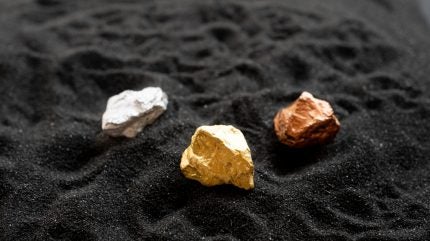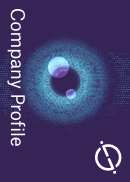
Javelin Minerals has decided to sell its Bonaparte copper-silver-lead-zinc project as part of a strategic move to focus on its core gold exploration projects in Western Australia’s Eastern Goldfields.
The decision comes after the acquisition of the Eureka Gold Project near Kalgoorlie and the disposal of the non-core Malamute Project.
The Bonaparte project, comprising five exploration licences over 564km², is located approximately 50km west of Boab Metals’ Sorby Hills base metals deposit, with good access via local roads.
Boab has reported a resource estimate of 44.1 million tonnes of 4.5% lead and 0.5% zinc for Sorby Hills, indicating the region’s potential.
Javelin executive chairman Brett Mitchell said: “The Bonaparte project has been exposed to very little recent exploration and has significant upside based on the historical copper, silver, lead and zinc exploration results. But we have now secured two outstanding gold projects in Eureka and Coogee. Both have existing JORC resources and plenty of opportunities to grow the inventories, right on the edge of Kalgoorlie.
“The mineralisation at both projects remains open and we have already identified numerous compelling targets for drilling. Given our very active exploration schedule totally focused on Eureka and Coogee, we have decided to offer Bonaparte for sale.”
Access the most comprehensive Company Profiles on the market, powered by GlobalData. Save hours of research. Gain competitive edge.

Your download email will arrive shortly
We are confident about the unique quality of our Company Profiles. However, we want you to make the most beneficial decision for your business, so we offer a free sample that you can download by submitting the below form
By GlobalData
Javelin’s data review suggests that the Bonaparte project area is largely underexplored, with evidence of significant mineralisation in the limited rock chip samples collected.
Exploration in the region has revealed that mineralisation is structurally controlled, similar to the Lennard Shelf. The Martins Gossan and Redbank areas, in particular, have shown high-grade mineralisation, including a rock sample with 43% lead and 40% zinc.
Historical exploration in the Redbank Hills area identified occurrences of secondary lead, zinc and copper mineralisation. The Martins Gossan prospect returned up to 1.7% zinc in soil samples. Two zones of coincident lead and zinc anomalies have been identified, one associated with the gossan.




